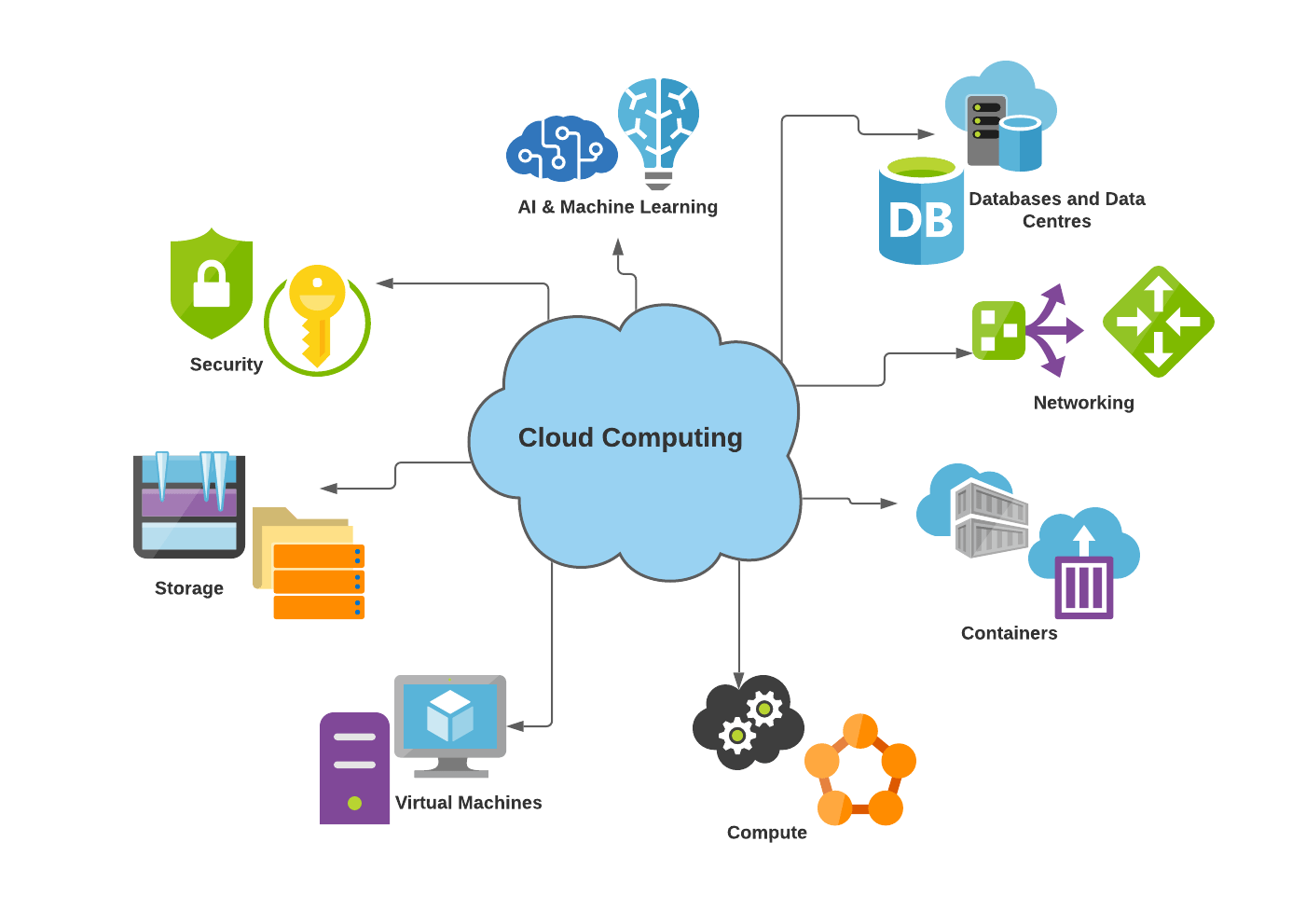LinkDaddy Cloud Services Introduced: Professional Tactics for Cloud Services Press Release Quality
LinkDaddy Cloud Services Introduced: Professional Tactics for Cloud Services Press Release Quality
Blog Article
Simplify Your Infrastructure With Cloud Solutions
As businesses navigate the ever-evolving landscape of innovation and information management, the function of cloud solutions in simplifying facilities has come to be increasingly noticeable. Just how can businesses efficiently navigate this shift and absolutely open the potential of cloud services for streamlining their framework?
Advantages of Cloud Solutions
Cloud solutions supply a streamlined technique to managing IT framework, offering businesses with scalability, adaptability, and cost-efficiency. One of the essential benefits of cloud solutions is the scalability they use.
Additionally, cloud solutions remove the requirement for companies to purchase expensive software and hardware. This cost-efficiency is a substantial advantage, especially for tiny to medium-sized business looking to minimize in advance expenses. By utilizing cloud services, businesses can access top quality IT resources without the substantial rate tag connected with typical framework setups.
In addition, cloud solutions provide businesses with the versatility to access their data and applications from anywhere with a web link. This degree of availability boosts partnership among teams, allows remote job, and increases overall productivity. The versatility used by cloud solutions encourages businesses to adjust promptly to changing market conditions and consumer demands.
Expense Savings and Scalability
In addition to the operational benefits highlighted earlier, the combination of cloud services right into a business's facilities brings forth considerable price financial savings and enhanced scalability. Cloud solutions offer a pay-as-you-go model, permitting businesses to scale sources up or down based on current needs, therefore avoiding the costs associated with maintaining excess ability. This flexibility enables companies to adjust rapidly to changing needs without incurring unnecessary expenses.
Additionally, cloud services remove the demand for upfront investments in hardware and software, reducing resources expenditures. Operating budget are additionally decreased as business no much longer need to handle and maintain physical servers, resulting in lower power intake and IT staffing prices. Furthermore, cloud solutions offer automated updates and maintenance, making certain that the framework stays safe and up-to-date without requiring manual treatments.
Enhanced Protection Steps
Implementing stringent security steps is critical when integrating cloud solutions into a business's framework to guarantee and protect sensitive information compliance with industry regulations. Cloud service companies use improved safety and security features such as data encryption, firewall program security, and multi-factor verification to minimize cybersecurity risks.
In addition, routine safety audits and compliance evaluations aid recognize susceptabilities and ensure adherence to sector standards. Firms can likewise take advantage of features like computerized safety and security updates and real-time hazard surveillance provided by cloud service providers. By focusing on security steps and staying proactive in addressing potential threats, services can confidently utilize cloud services while securing their valuable data from unapproved access or violations.
Transitioning to Cloud Framework
To efficiently incorporate cloud services right into a company's infrastructure, a structured strategy that deals with the change towards cloud-based services is vital. Transitioning to shadow infrastructure involves cautious preparation and implementation to ensure a smooth movement process. The primary step is to assess the existing facilities and establish which visit site systems and applications are appropriate for movement to the cloud. This evaluation ought to consider aspects such as information level of sensitivity, conformity needs, and performance requirements.
When the analysis is total, a migration technique ought to be created. This method must detail the timeline, sources, and duties for relocating each part to the cloud. It is necessary to connect this plan plainly to all stakeholders to make sure positioning and decrease disruptions throughout the shift.
During the migration process, testing and monitoring are important to identify and address any kind of concerns quickly. Regular checkpoints must be developed to track progression and make needed adjustments. In addition, training for workers on utilizing cloud services ought to be offered to ensure an effective shift and make best use of the benefits of the new infrastructure.
Finest Practices for Cloud Fostering
Successful fostering of cloud services hinges on the strategic positioning of business goals with technical abilities and organizational preparedness. To ensure a smooth change to the cloud, organizations must start by performing a detailed analysis of their current best site framework and determining which work are best matched for cloud migration. It is essential to involve essential stakeholders from various divisions in the decision-making process to gain buy-in and address any issues early on.
One more finest technique for cloud adoption is to focus on protection and compliance. Organizations has to carefully evaluate the safety steps supplied by cloud provider and guarantee that their information is protected according to industry standards and governing demands. Implementing robust data security, access controls, and regular safety and security audits can assist mitigate dangers related to cloud fostering.

Final Thought

As services browse my review here the ever-evolving landscape of innovation and data monitoring, the function of cloud services in streamlining infrastructure has become progressively popular - cloud services press release. Exactly how can services efficiently navigate this change and absolutely unlock the potential of cloud solutions for streamlining their infrastructure?
Cloud solutions supply a streamlined method to handling IT framework, supplying organizations with scalability, adaptability, and cost-efficiency. By making use of cloud solutions, companies can access premium IT sources without the significant cost tag linked with standard facilities arrangements.
To ensure a smooth change to the cloud, companies must start by conducting a thorough analysis of their existing facilities and determining which workloads are best fit for cloud movement.
Report this page